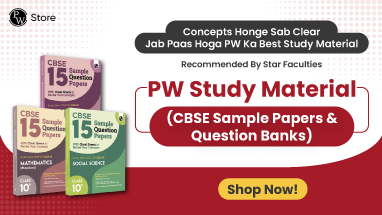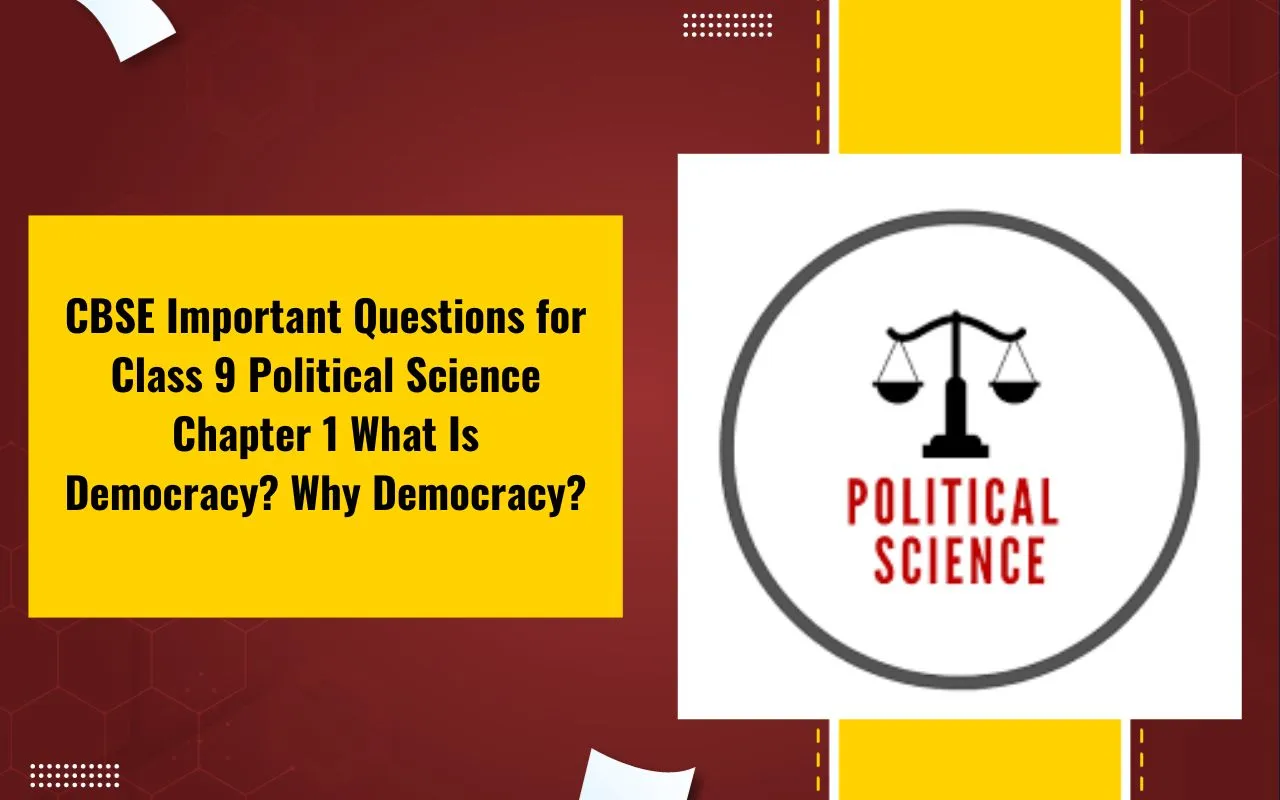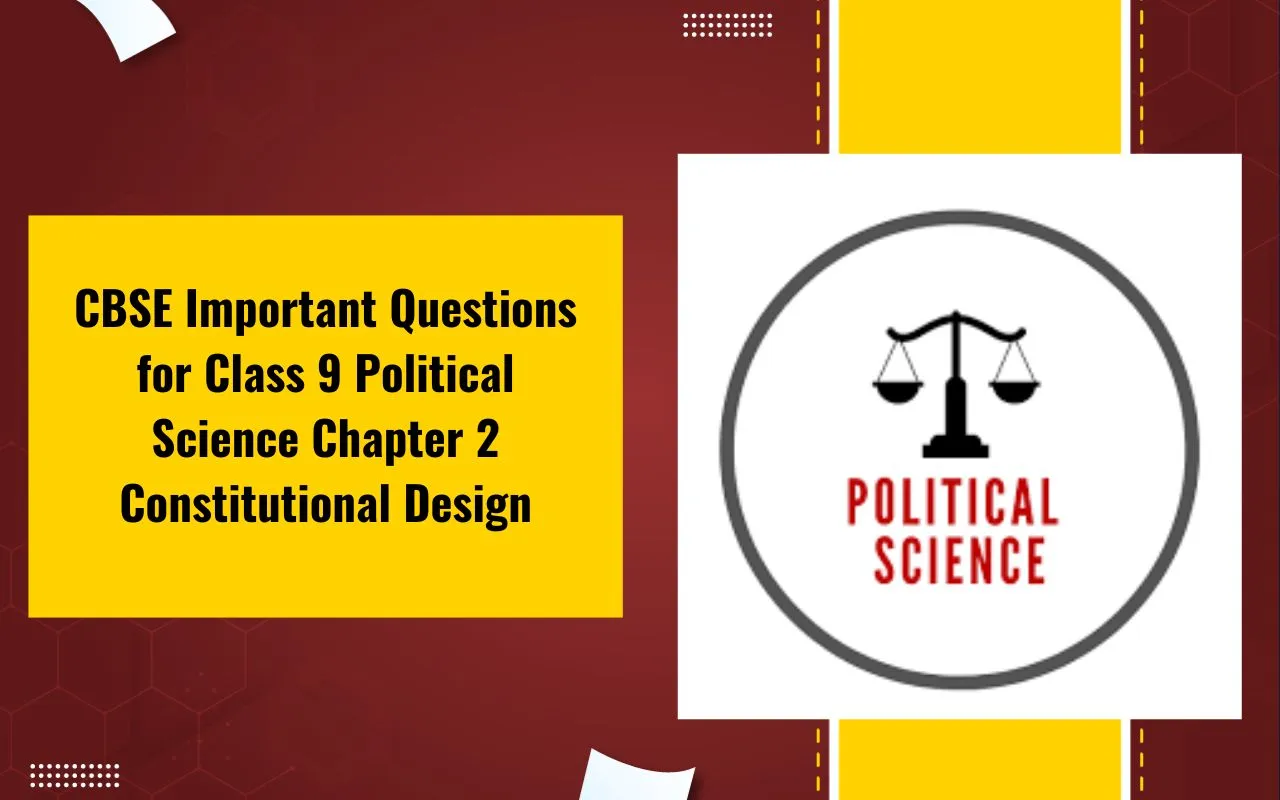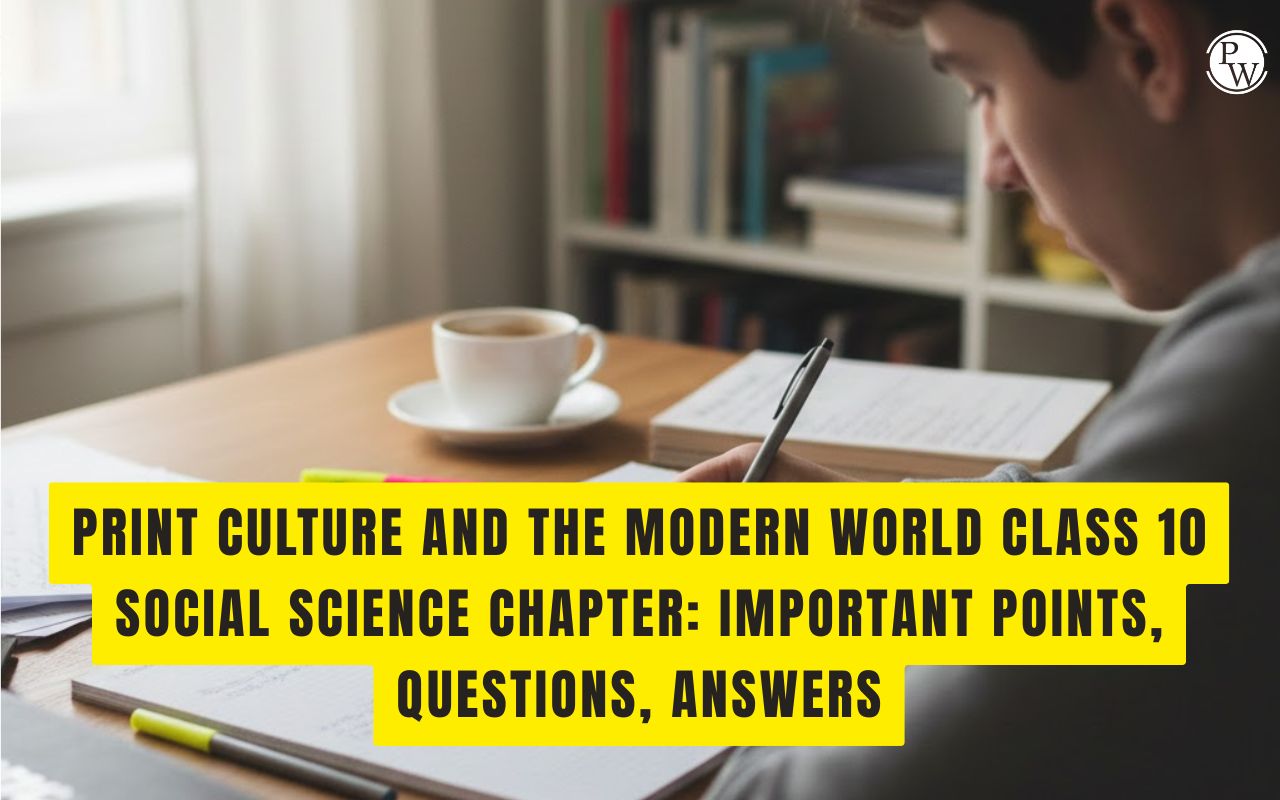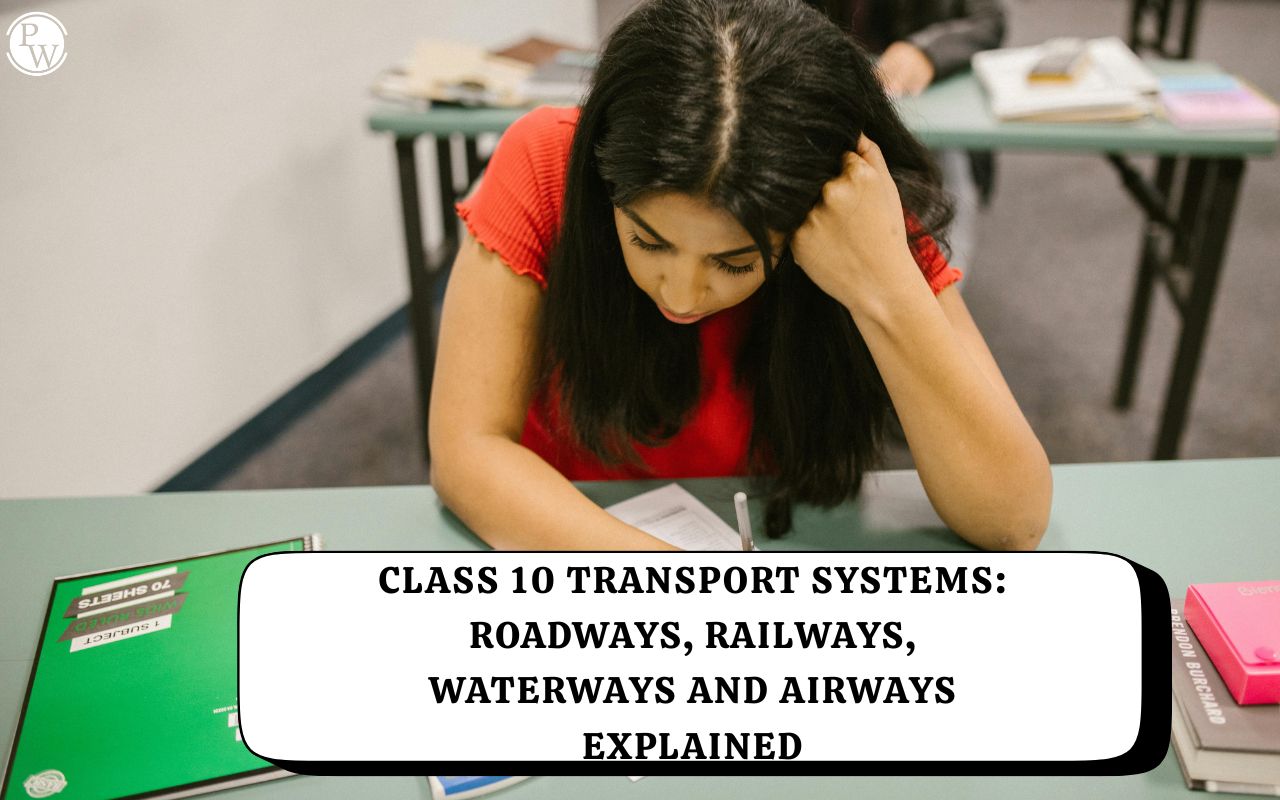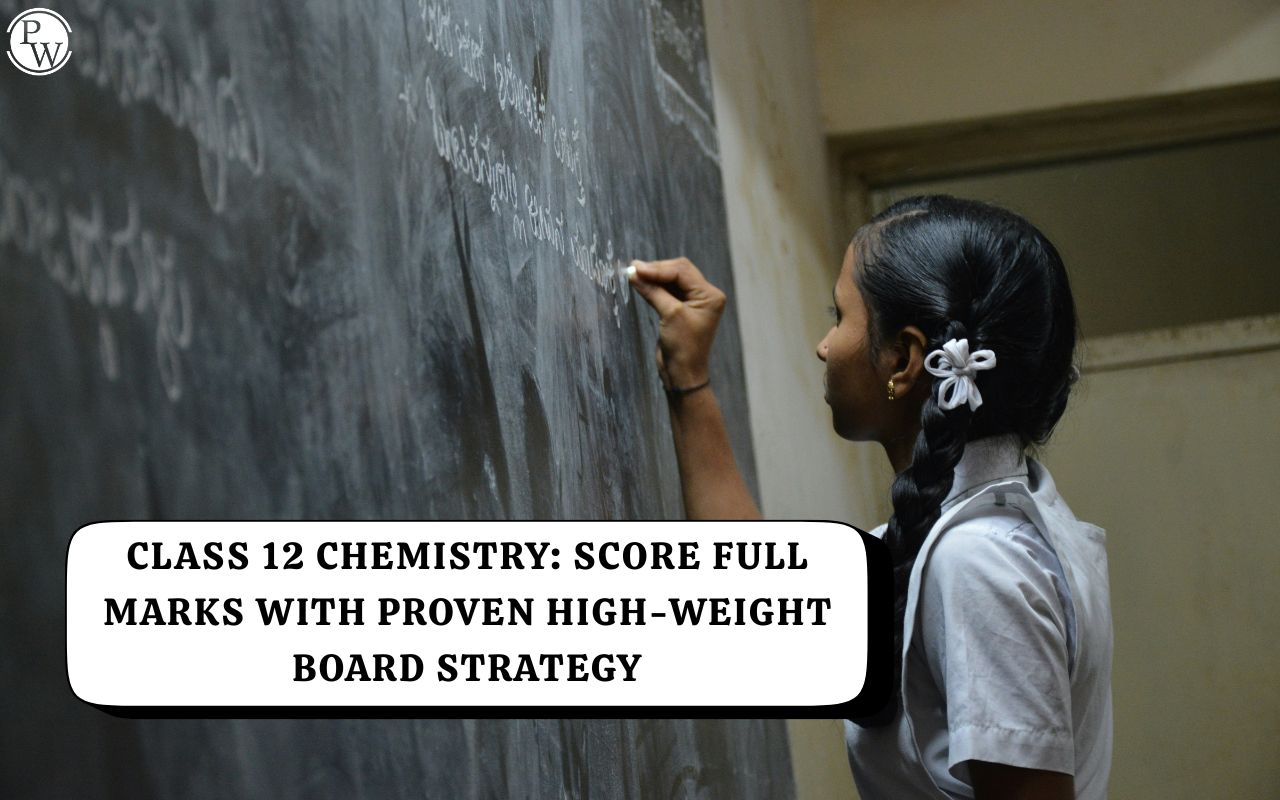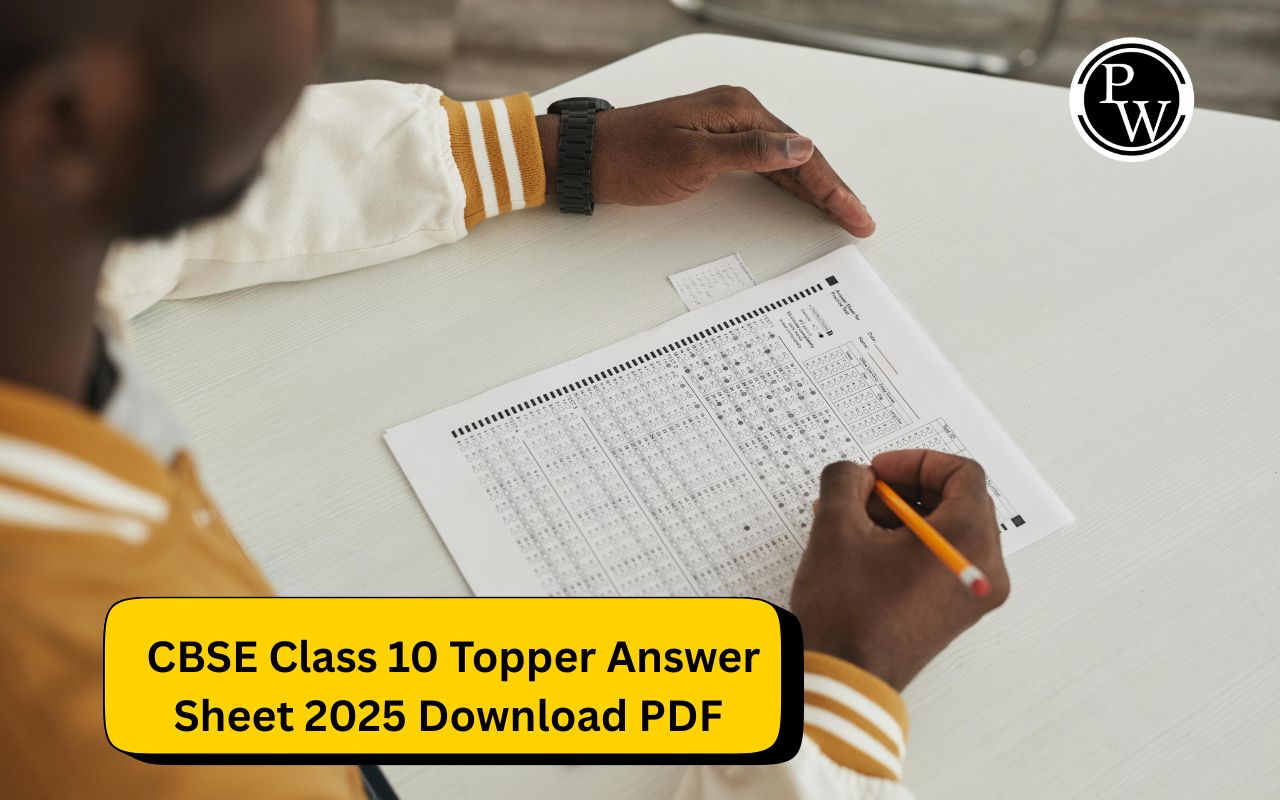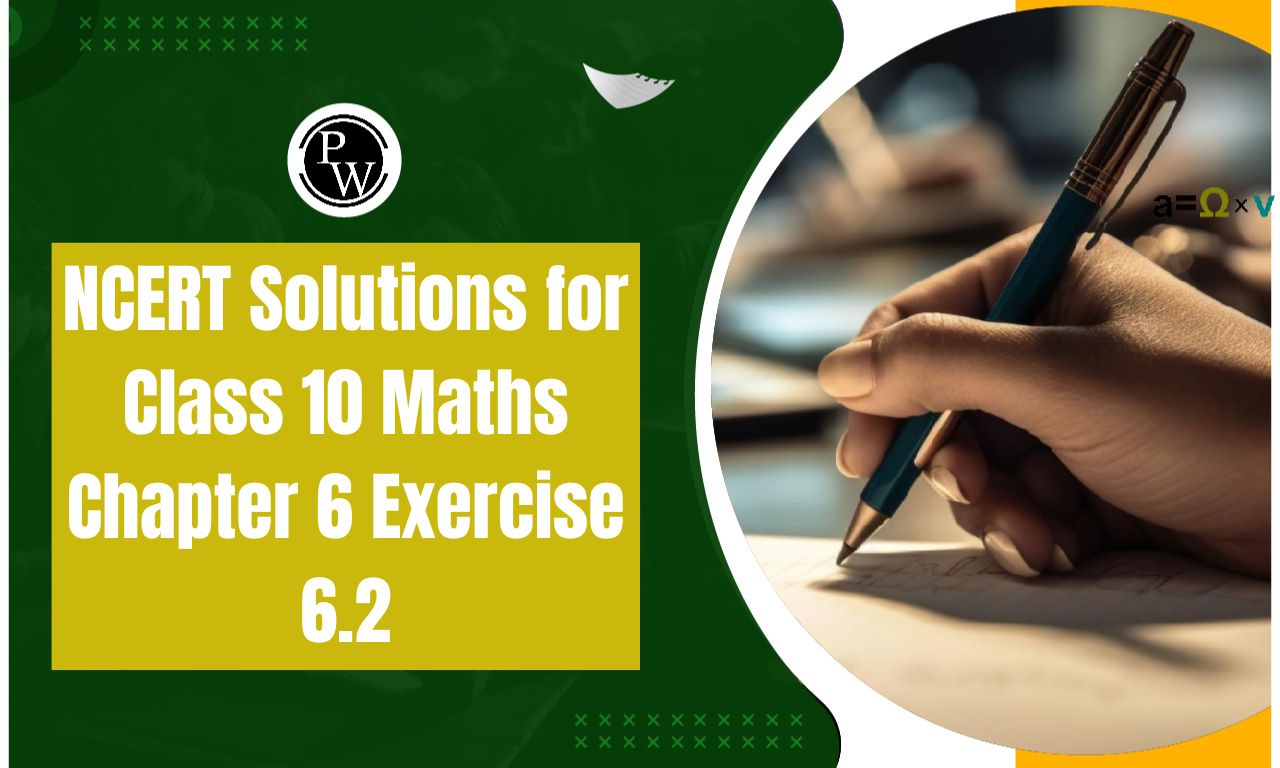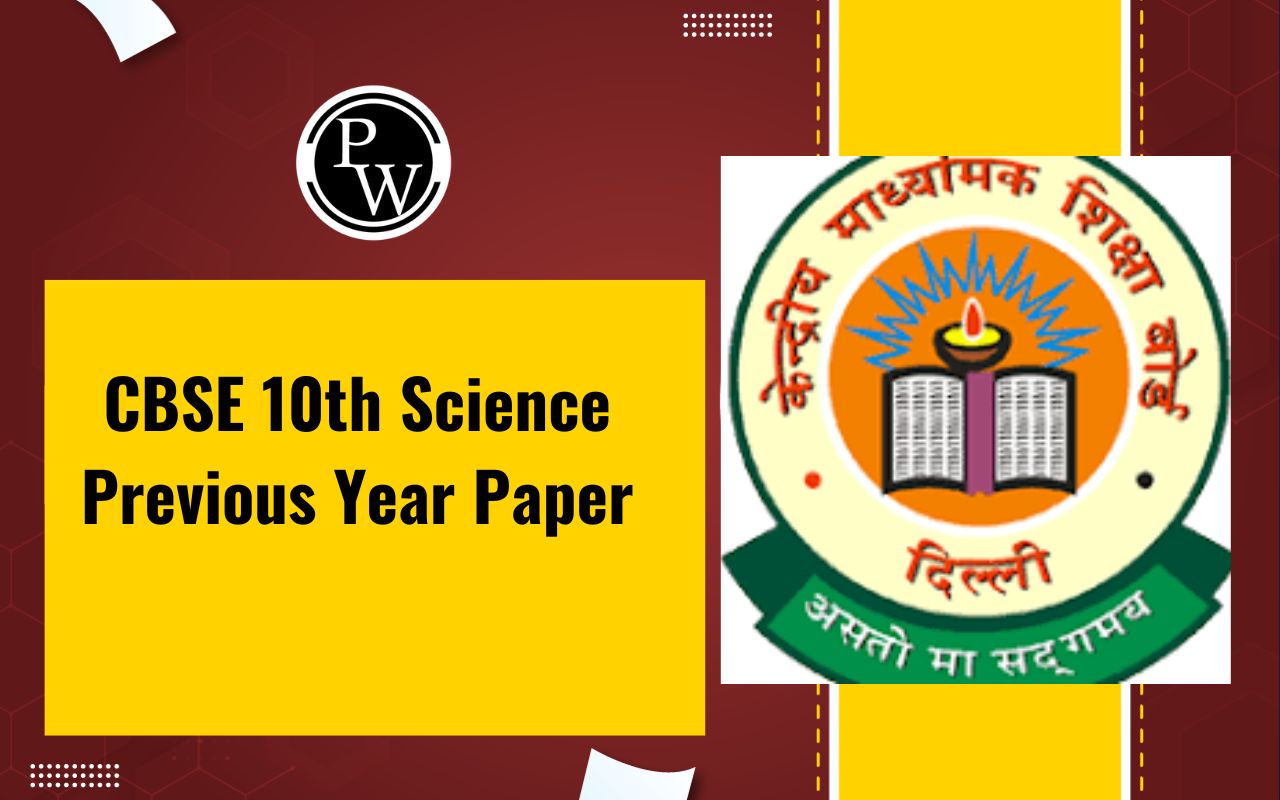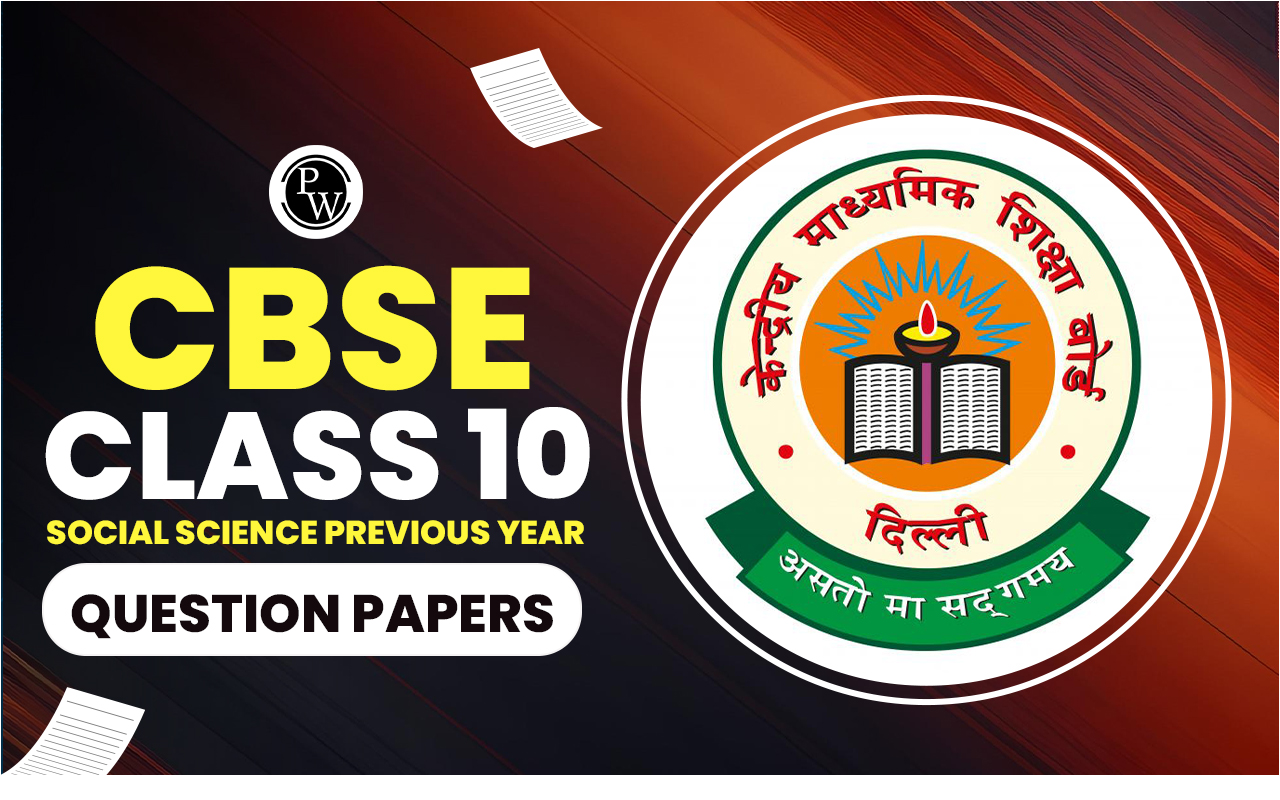

CBSE Class 10 Maths Additional Practice Paper Questions 2023-24: The Central Board of Secondary Education (CBSE) has released the Class 10 Maths Additional Practice Paper Questions 2023-24 along with the marking schemes on its official website @cbseacademic.nic.in. This year, CBSE will conduct a single board examination, and there won't be any terms from now on.
Students preparing for the CBSE Class 10th exam in the 2023-24 session are recommended to review these additional sample papers carefully. By using these sample papers, students can understand and get used to the actual board exam pattern. You can find out more details about the Class 10 Maths Additional Practice Paper Questions 2023-24 in the article below.CBSE Class 10 Maths Additional Practice Paper Questions 2023-24 Overview
The recently issued Class 10 Maths Additional Practice Paper Questions 2023-24 are crafted based on the complete syllabus. The Maths Additional Practice Paper for 2023-24 is divided into five Sections: Section-A, Section-B, Section-C, Section-D, and Section-E, totaling 80 marks. Students have a time limit of 3 hours to complete the question paper. Here are some important instructions for students to be aware of before attempting the paper.- Every question in the Mathematics paper is mandatory, and some questions may have internal choices.
- Section A includes 18 Multiple Choice Questions and 02 assertion-reason-based questions, each carrying one mark.
- Section B comprises 05 very short answer questions, each worth 02 marks.
- In Section C, there are 06 short answer questions, with each question carrying 03 marks.
- Section D consists of 04 long answer questions, with each question having a weightage of 05 marks.
- Section E presents 03 case-based integrated units of assessment, each with a value of 04 marks, and sub-parts with values of 01, 01, and 02 marks, respectively.
CBSE Class 10 Exam Pattern 2023-24
CBSE Class 10 Maths Additional Practice Paper Questions 2023-24 PDF
These extra practice questions for CBSE Class 10 Mathematics aim to give a sense of the real board exam setup. This includes details like the number of sections, the kinds of questions (objective, short answer, and long answer), and the general format of the question paper.CBSE Class 10 Maths Additional Practice Paper Questions 2023-24 PDF
CBSE Class 10 Maths Additional Practice Paper Questions 2023-24 & Solutions
Here we have provided the CBSE Class 10 Maths Additional Practice Question Paper with answersSection A – MCQs
Q1. Which of the following could be the graph of the polynomial? (x – 1)²(x + 2)? Answer- (c) Q 2: The lines k1, k2, and k3 represent three different equations as shown in the graph below. The solution of the equations represented by the lines k1 and k3 is x = 3 and y = 0 while the solution of the equations represented by the lines k2 and k3 is x = 4 and y = 1. Which of these is the equation of the line k3? (a) x – y = 3 (b) x – y = -3 (c) x + y = 3 (d) x + y = 1 Answer- (a) x – y = 3 Q3: What is/are the roots of 3x² = 6x? (a) only 2 (b) only 3 (c) 0 and 6 (d) 0 and 2 Answer- (d) 0 and 2 Q4: The coordinates of the centre of the circle, O, and a point on the circle, N, are shown in the figure below. What is the radius of the circle? (a) √0.4 units (b) 2 units (c) 4 units (d) √42.4 Answer- (b) 2 units Q5: ΔPQR is shown below. ST is drawn such that ∠ PRQ = ∠ STQ. If ST divides QR in a ratio of 2:3, then what is the length of ST? (a) 10/3 cm (b) 8 cm (c) 12 cm (d) 40/3cm Answer- (b) 8 cm Q6: Two scalene triangles are given below. Anas and Rishi observed them and said the following: Anas: ΔPQR is similar to ΔCBA Rishi: ΔPQR is congruent to ΔCBA Which of them is/are correct? (a) Only Anas (b) Only Rishi (c) Both Anas and Rishi (d) Neither of them, as two scalene triangles can never be similar or congruent. Answer- (a) Only AnasCBSE Class 10 Previous Year Question Papers
Section B – Very Short Answer Type Questions
Q7. Check whether the statement below is true or false. “The square root of every composite number is rational.” Justify your answer by proving rationality or irrationality as applicable. Answer. Take a number that is not a perfect square but is a composite number. For example, 6. Assumes √6 = 𝑎 / 𝑏 , where b ≠ 0, a, and b are co-primes. Write b√6 = a and squares on both sides to get 6b² = a². Writes that as a² is divisible by 2 and 3 which are both prime numbers, a is also divisible by both 2 and 3. Hence concludes that a is divisible by 6. Write a = 6c, where c is an integer and squares on both sides to get a² = 36c². Replaces a² with 6b² from step 2 to get 6b² = 36c² and solves it to get b² = 6c². Writes that as b² is divisible by 2 and 3 which are both prime numbers, b is also divisible by both 2 and 3. Hence concludes that b is divisible by 6. Writes that 2 and 3 divide both a and b which contradicts the assumption that a and b are co-prime and hence √6 is irrational. Concludes that the given statement is false. Q8. Kimaya and Heena started walking from point P at the same moment in opposite directions on a 800 m long circular path as shown below. Kimaya walked to the clubhouse at an average speed of 100 m/min and Heena walked to the badminton court at an average speed of 80 m/min. The length of the circular track between the clubhouse and the badminton court is 180 If Heena took 1 minute more than Kimaya to reach her destination, find the time taken by Heena to reach the badminton court. Show your work. Answer. Assumes the time taken by Kimaya and Heena to reach the club house and the badminton court as t1 and t2 respectively and frames the equation as: t2 – t1 = 1 Assumes the distance travelled by Kimaya as x m and by Heena as y m and frames the equation for the total distance travelled by Kimaya and Heena together as: x + y = 800 – 180 = 620 Uses the constant speeds of Kimaya and Heena to find the values of x and y as: x = 100t1 and y = 80t2 Replaces the values of x and y in the equation of distance travelled as: 100t1 + 80t2 = 620 Substitutes the value of t1 in the above equation as: 100(t2 -1) + 80t2 = 620 Solves the above equation to find the value of t2 as 4 minutesSection C – Short Answer Type Questions
Q9. Prime factorization of three numbers A, B, and C is given below: A = (2r × 3p × 5q) B = (2p × 3r × 5p) C = (2p × 3q × 5p) such that, p < q < r and p, q, & r are natural numbers..- The largest number that divides A, B, and C without leaving a remainder is 30.
- The smallest number that leaves a remainder of 2 when divided by each of A, B, and C are 5402. Find A, B, and C. Show your work.
- i) The above graph is represented by a polynomial where the sum of its zeroes is 1 and the sum of the squares of its zeroes is 25. Find the coordinates of P and Q. ii) If one unit on the graph represents 25 metres, how far from Riddhi does the stone land? Show your work.
- ii) Writes that the distance between Riddhi and the point where the stones land (P) is (2 + 4) = 6 units.
| Download Hand Written Answer Sheets PDF’s | |
| Biology Hand Written Answer Sheets | Maths Hand Written Answer Sheets |
| Chemistry Hand Written Answer Sheets | Physics Hand Written Answer Sheets |
| English Hand Written Answer Sheets | |
Section D – Long Answer Type Questions
Q11. Manu and Aiza are competing in a 60 km cycling race. Aiza’s average speed is 10 km/hr greater than Manu’s average speed and she finished the race in hours less than Manu. Find the time taken by Manu to finish the race. Show your work. Answer. Assumes the time Manu took to finish the race as t hours and writes the equation for his average speed as 60/ 𝑡 km/hr. Frames the equation for Aiza using the given information as: (60/ 𝑡 + 10)(t -1/2) = 60 Simplifies the above equation into standard quadratic equation form as: 2t/2 – t – 6 = 0 Factorises the above equation as (t – 2)(t + 3/2) = 0 Finds the time taken by Manu to finish the race as 2 hours. OR Q11. Shown below is a cuboid with water in two different orientations. The length, breadth and height of the cuboid are distinct. The cuboid has 480 cm³ of water. If the height of water in orientation II is half of that in orientation I, then find the heights of water in both orientations. Show your work. Answer. Assumes the vertical length of the cuboid in orientation I as h cm and finds the height of water as (h – 4) cm. Finds the height of water in orientation II as 1/2(h – 4) cm. Writes the equation for the volume of water as: 5 × h × 1/2(h – 4) = 480 Simplifies the above equation as: h² – 4h – 192 = 0 Solves and finds the roots of the above equation as (-12) and 16. (Rejects h = (-12) as height cannot be negative.) Finds the height of water in: orientation I as 16 – 4 = 12 cm orientation II as 1/2× 12 = 6 cm (Award full marks if an alternate method is correctly used.) Q12. In the following figure, ΔABC is a right-angled triangle, such that:- AC = 25 cm
- PT || AB and SR || BC
- i) Find the difference in the curved surface areas of the two cylinders. ii) Find the ratio of the volumes of the two cylinders formed.
- ii) Notes that the circumference of the circle in the Sheet 1 cylinder is: 45 cm – 1 cm = 44 cm
- i) How many of these cans can be packed in the container such that no more cans are fitted? ii) If the capacity of one can is 539 ml, find the internal volume of the cubical container.
- ii) Writes the formula for the volume of the can to find the value of p as:
Section E – Case Study Questions
Q14. Answer the questions based on the given information. An interior designer, Sana, hired two painters, Manan and Bhima to make paintings for her buildings. Both painters were asked to make 50 different paintings each. The prices quoted by both the painters are given below:- Manan asked for Rs 6000 for the first painting, and an increment of Rs 200 for each following painting.
- Bhima asked for Rs 4000 for the first painting, and an increment of Rs 400 for each following painting.
- ii) Find the total amount earned by Bhima as follows: S50 =50/2 [2(4000) + (50 – 1)(400)]
CBSE Class 10 Maths Additional Practice Paper Questions 2023-24 FAQs
Are there additional resources recommended for Class 10 Maths preparation?
The blog suggests textbooks, online resources, and video tutorials to complement your preparation.
Can these practice papers be used for revision before the final exam?
Yes, they are excellent for revision, helping you reinforce concepts and identify areas that may need additional attention.
Are there opportunities to seek clarifications on specific practice questions?
You can reach out with your questions through our contact page or engage with the online community for assistance.
Is it advisable to attempt the practice papers under exam conditions?
Yes, practising under timed conditions can help simulate exam scenarios and improve your time management skills.
How can I track my progress using these practice papers?
Regular self-assessment, tracking correct and incorrect answers, can help you gauge your progress over time.
🔥 Trending Blogs
Talk to a counsellorHave doubts? Our support team will be happy to assist you!

Free Learning Resources
PW Books
Notes (Class 10-12)
PW Study Materials
Notes (Class 6-9)
Ncert Solutions
Govt Exams
Class 6th to 12th Online Courses
Govt Job Exams Courses
UPSC Coaching
Defence Exam Coaching
Gate Exam Coaching
Other Exams
Know about Physics Wallah
Physics Wallah is an Indian edtech platform that provides accessible & comprehensive learning experiences to students from Class 6th to postgraduate level. We also provide extensive NCERT solutions, sample paper, NEET, JEE Mains, BITSAT previous year papers & more such resources to students. Physics Wallah also caters to over 3.5 million registered students and over 78 lakh+ Youtube subscribers with 4.8 rating on its app.
We Stand Out because
We provide students with intensive courses with India’s qualified & experienced faculties & mentors. PW strives to make the learning experience comprehensive and accessible for students of all sections of society. We believe in empowering every single student who couldn't dream of a good career in engineering and medical field earlier.
Our Key Focus Areas
Physics Wallah's main focus is to make the learning experience as economical as possible for all students. With our affordable courses like Lakshya, Udaan and Arjuna and many others, we have been able to provide a platform for lakhs of aspirants. From providing Chemistry, Maths, Physics formula to giving e-books of eminent authors like RD Sharma, RS Aggarwal and Lakhmir Singh, PW focuses on every single student's need for preparation.
What Makes Us Different
Physics Wallah strives to develop a comprehensive pedagogical structure for students, where they get a state-of-the-art learning experience with study material and resources. Apart from catering students preparing for JEE Mains and NEET, PW also provides study material for each state board like Uttar Pradesh, Bihar, and others
Copyright © 2025 Physicswallah Limited All rights reserved.
Get App
